If you have a penchant for music, for mechanical fiddly bits, for art, for anthropology, for physics, or for architecture, then plan to spend a good two hours at the “mim”.
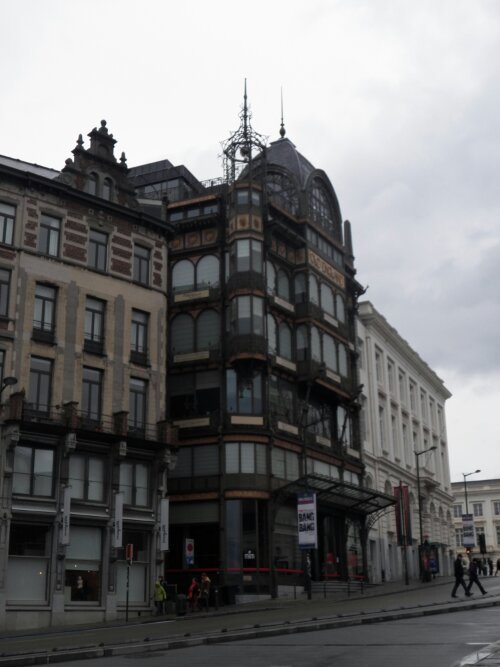
The beautiful MIM!

Look closely and you can see white signs…
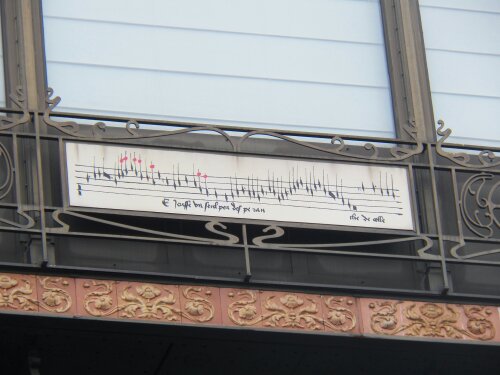
…they are writing systems for music!

Aren’t they pretty?
Housed in a nine-story art nouveau masterpiece, this museum boasts one of the largest musical instrument collections in the world. But the collection is not just to look at — it’s also to listen to!
The audioguide doesn’t put out a single peep of dialogue. Instead, it automatically begins playing recordings of the instruments you see in front of you! Not every instrument is played, but it’s quite enough for a good soaking of culture.
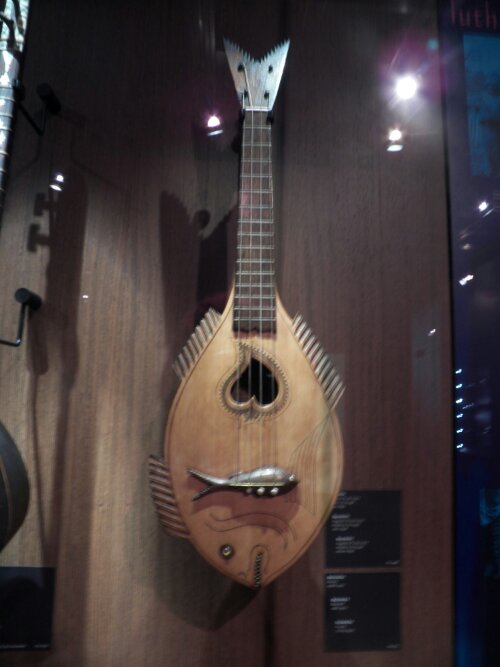
Is it a fish…or a mandolin?
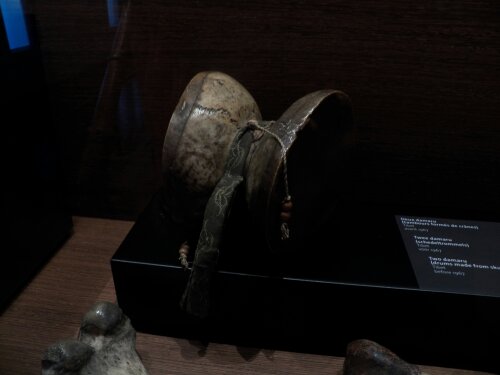
This drum is made from two halves of a human skull . . . and a flute made from a femur.
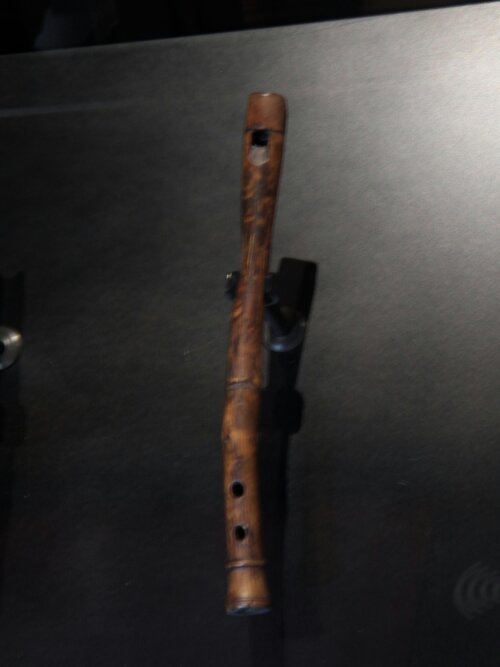
The prettiest sound came from this tabor flute found in a Dutch peat bog.
The first floor collects folk instruments from all over the world…it is rather heavy in European instruments, but it also presents native instruments from the Asias and Africa (I couldn’t find any Middle-Eastern, Australian, or Pacific ones though, and Antarctica was right out). They were grouped both by type and region.
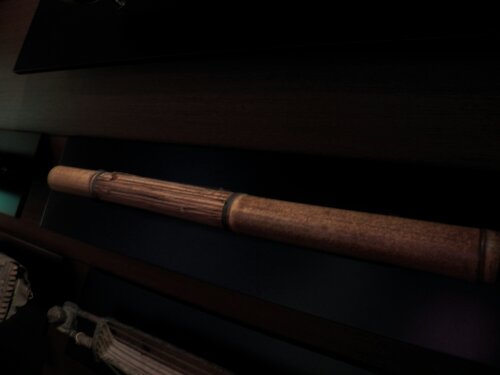
This most intriguing and beautiful music came from this instrument from Madagascar — I have lost my notes as to its name.
The second floor focuses on strings, pianos, and “classical” instruments (such as the instruments available to Bach and Mozart). My favorite displays were where a painting featuring historical musicians was projected in the background, each instrument depicted was displayed, and the sound was of all them playing together.
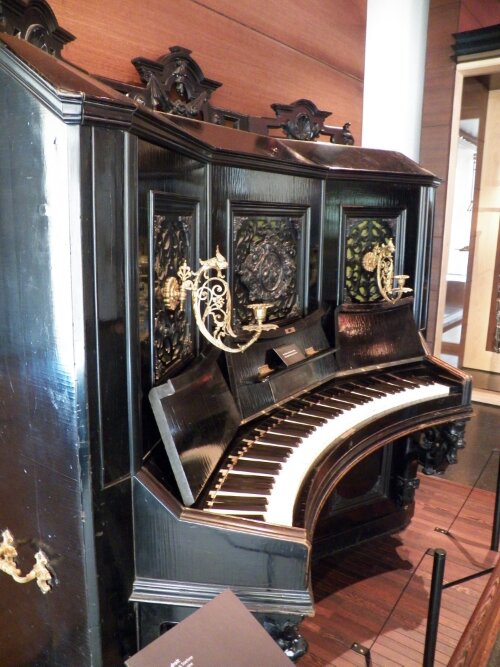
A curved piano!
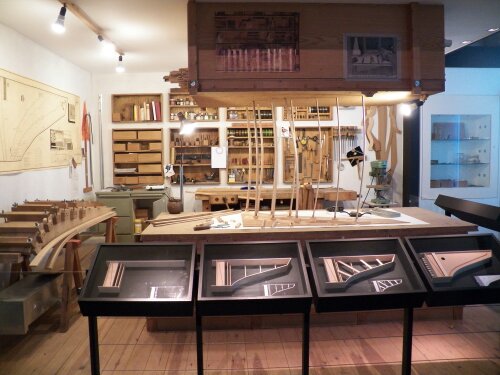
The museum appears to have a fully functional piano workshop.
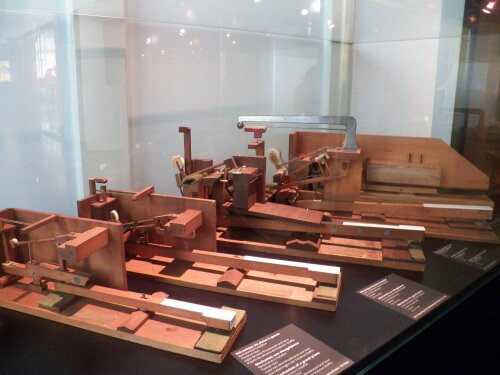
And for you mechanical folks, key workings of a variety of grand pianos.
The basement floor was smaller and hosted mechanical instruments such as music boxes, carillons, and an electric guitar.
Other floors held administrative offices, a gift shop, a library, foyers, a concert hall, and a restaurant.
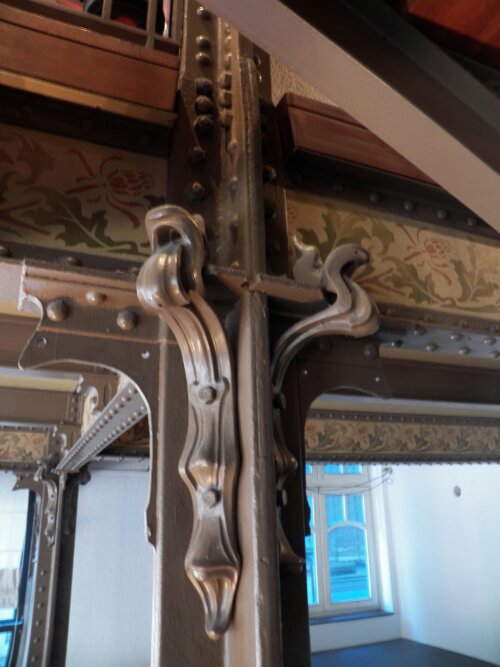
Even the iron bracings are beautiful.
It really is a fun and impressive museum, but I would have appreciated more — a floor describing the physics and different harmonic systems of music around the world, collections from the Americas, Australia, and the Sourt Pacific, and displays of the “evolution” of different instrument families (for example, the trumpet or flute). I would even have a “kids” make-your-own floor, but based on the horrendous behavior of one child, I’m not sure I’d want to encourage that.
What would you want in a musical instrument museum?
